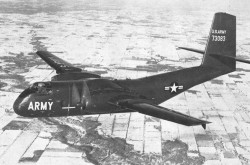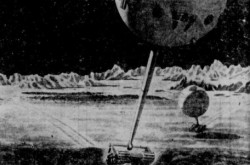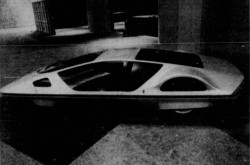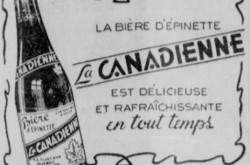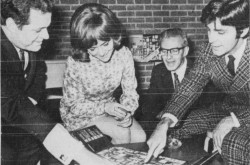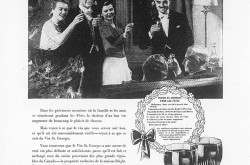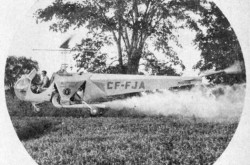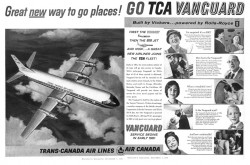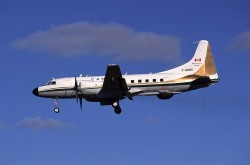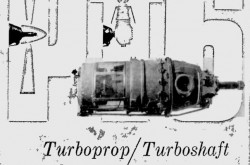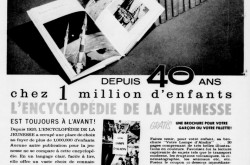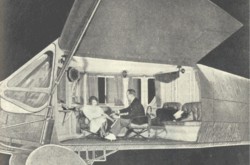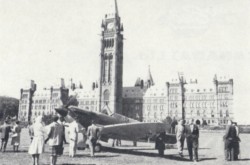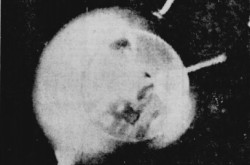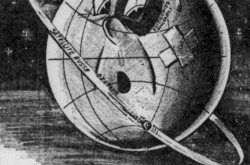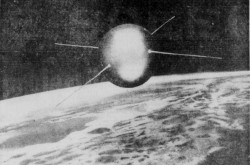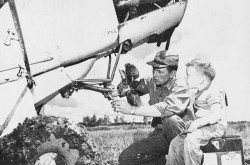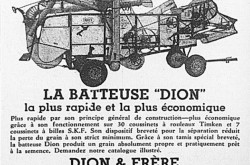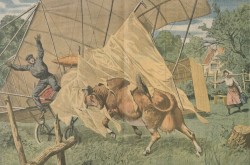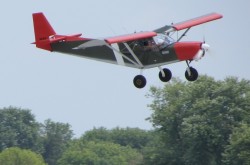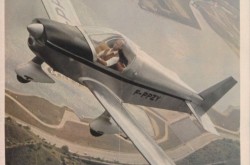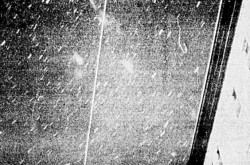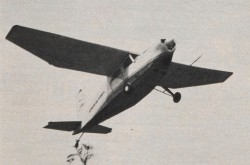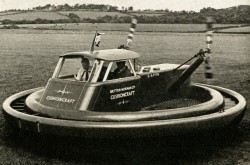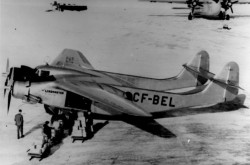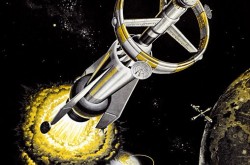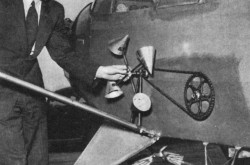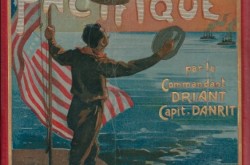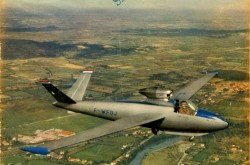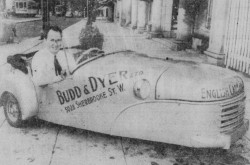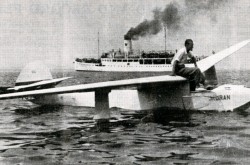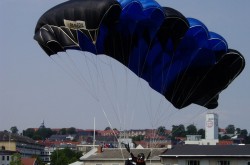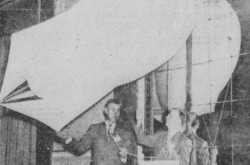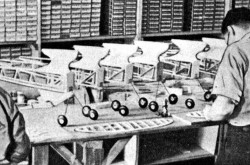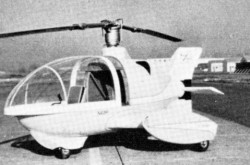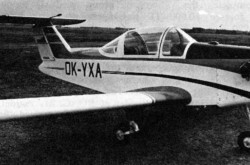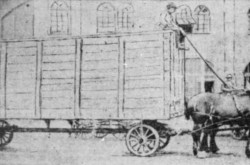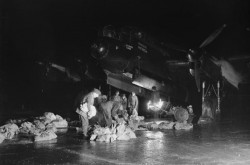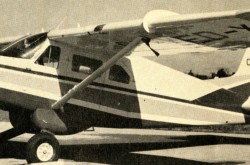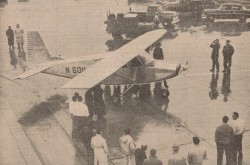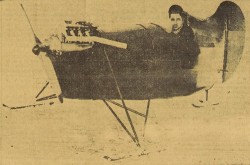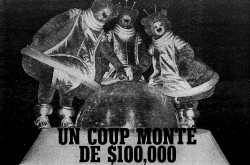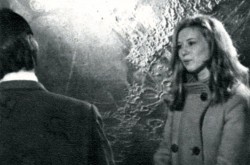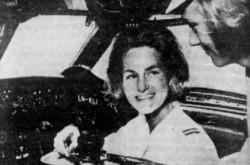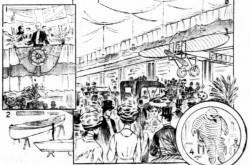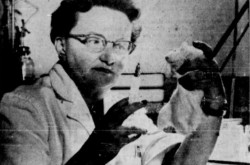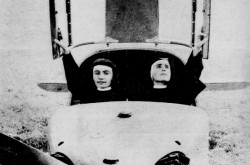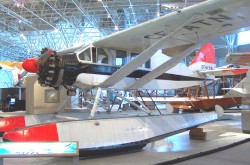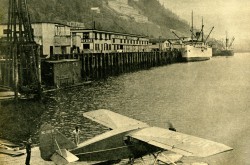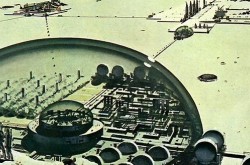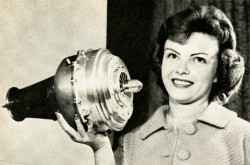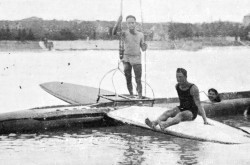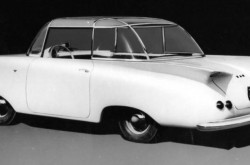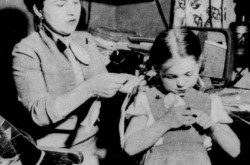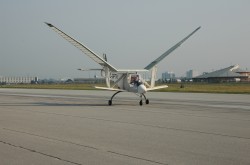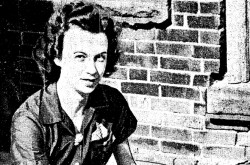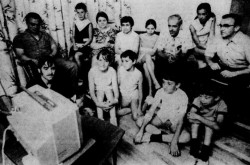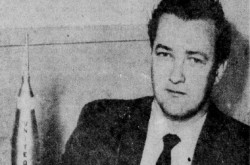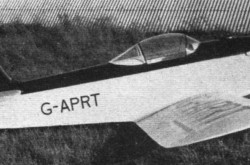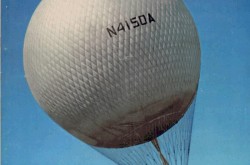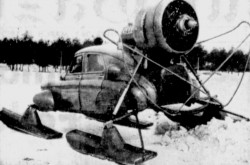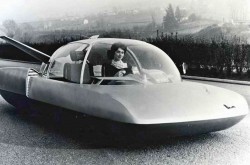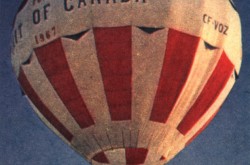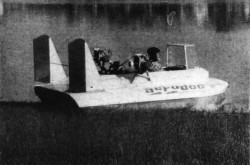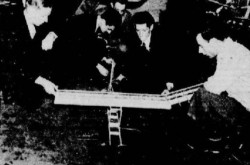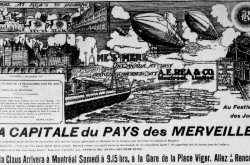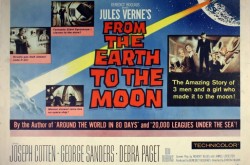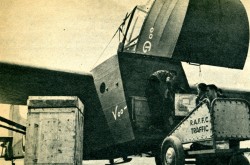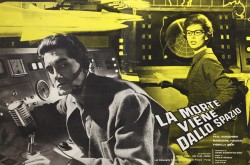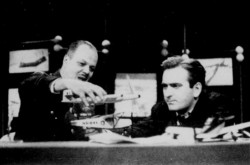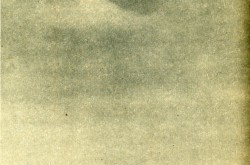The powerful roar of the aerial giants’ engines greeted the new year: The troubling saga of William Wallace Whitney Christmas

I would like to begin this issue of our blog / bulletin / thingee, the first of the year 2020, the final year of the 2010 decade, with heartfelt wishes of good health and fortune. We all need both and, in most cases, we deserve both. There are people, however, about whom one has to wonder whether or not such good health and fortune may have been bestowed a wee bit undeservedly. One such person was / is William Wallace Whitney Christmas. Yours truly will endeavour to untangle the web of confusion that surrounded / surrounds a life in which fact and fiction blended / blend intimately.
Christmas was born in North Carolina in September 1865. He may have caught the flying bug in the early 1880s with the fabrication and testing of kites. The largest of these may have been 3.3 metres (11 feet) tall and required 3 men for control in a strong wind. Christmas claimed he began to look into the possibility of designing a powered aeroplane around 1890. Aware that such studies would not put a roof over his head, this intelligent man earned a master’ degree and a medical degree, the latter obtained in 1905. Christmas practiced as a doctor and / or surgeon.
Christmas tested an aeroplane of his own design in March 1908, if not as early as September 1907, thus becoming the first American to reach for the sky after the Wright brothers, a pair of world famous aviation pioneers mentioned more than once in our blog / bulletin / thingee since January 2018. The aeroplane went on to fly several times. Christmas claimed he destroyed his creation after it got damaged in a collision with a tree, as well as all evidence of its existence, to protect his ideas from predation. The catch with that story was / is that there was / is no evidence that any flight actually took place, or that Christmas’ aeroplane even existed.
Christmas or a hired pilot allegedly tested another aeroplane, seemingly known as the Red Bird, in November 1909, in Washington, District of Columbia. Only a few people were present when it made a few flights, including one which lasted about 3 hours – a feat that surpassed any other endurance flight attempted by the Wright brothers. Again, the catch with that statement was / is that there was / is no evidence that the 3 hour flight actually took place. Even so, the publicity surrounding Christmas’ activities presumably explained the creation of Christmas Aeroplane Company Incorporated, in October 1909.
Eager to obtain more money to develop his ideas, Christmas tested another machine, the Red Bird II, in June 1910, but only a few friends saw him break the surly bonds of Earth. This being said (typed?), a photograph of this aeroplane, on the ground, did appear in a small number of newspapers.
You may be surprised, or not, to hear (read?) that Christmas’ biplane bore more than a passing resemblance to 3 aeroplanes designed and built in 1908 by the Aerial Experiment Association (AEA), the Red Wing, the White Wing and the June Bug. And yes, the AEA, an American and Canadian organisation, was mentioned in some issues of our blog / bulletin / thingee since October 2018, but I digress.
Increasingly irritated by the glaring fact that, in spite of successive injections of dough / moolah, the practicality of Christmas’ aeroplane had not been demonstrated, some / many investors launched a civil suit against him in December 1910, ironically enough, the day after, you guessed it, Christmas. As one might have expected, Christmas refused to give up his controlling interest in the firm that bore his name. The suit was struck from the docket in October 1912 when the court concluded there was nothing more it could do. The disgruntled investors never got their money back. It was suggested that Christmas had extracted up to $ 100 000 out of them, a ginormous sum for the time and a clear indication of the fascination / greed that aviation inspired before the First World War. Personally, I doubt the sum blown in this venture was that high, but what do I know?
As this judicial ballet took place, Christmas kept on working / conniving. He was said to be working on a new aeroplane in August 1911. A young navy yard mechanic by the name of John Fisher accidentally took off while taxiing a Christmas aeroplane, the aforementioned Red Bird II perhaps, or the new aeroplane, who knows, in October 1911. And yes, although entirely devoid of flying experience, he was able to land. A wing of the aeroplane was damaged but Fisher was unhurt.
A few businessmen / politicians in Mississippi, North Carolina and South Carolina were so impressed by Christmas and his plans that they tried to have him build a factory in their state. These projects went nowhere. Still, no later than April 1912, Christmas brought up the possibility of building a factory in the Washington area. No such building was ever built. All the while, Christmas attended a number of events and airshows to promote himself and his ideas, and to find investors willing to trust him. A new aeroplane may have been under construction around the spring of 1912.
In that spring of 1912, Christmas was involved in a mail delivery flight project. Paul Peck, a young pilot sometimes / oddly known as the Flying Cupid, had seemingly come up with the idea of flying a sizeable amount of mail between New York City, New York, and Washington. Christmas agreed to provide an aeroplane. The nonstop flight, scheduled to take place during the second half of May, was delayed when Christmas concluded that the aeroplane needed more power to accomplish its task. For some reason or other, Peck decided not to attempt the flight before the fall / autumn. If truth be told, he soon left the project. Sadly enough, Peck died in a crash in September 1912. He was only 23 years old. Peck was among the 400+ human beings who died in aviation related accidents before the onset of the First World War, in 1914.
In early June 1912, the very day he was scheduled to make the mail flight, Clinton Overman Hadley, a new pilot hired by Christmas in late May, took up a Christmas biplane in the hope of setting some sort of endurance record. There would be plenty of time to fly the mail, after all. Minutes flew by as Hadley circled his airfield again and again and again. Had he flown in a straight line, Hadley would have covered a distance of almost 220 kilometres (135 miles). At least, that’s what Christmas claimed. Suddenly, Hadley heard a noise. The engine stopped. Hadley glided down to earth and landed. He was lucky to walk away unharmed. Hadley soon discovered, however, that his propeller was broken. Looking at the engine, he saw a small hole in a cylinder. Hadley found a flattened bullet inside it. He was shocked. Christmas was furious. He offered a $ 1000 reward for information leading to the arrest of the person(s) who had fired at his aeroplane. The New York City-Washington mail flight was delayed yet again. From the looks of it, said flight never took place.
Would it shock you, my reading friend, if yours truly put forward the idea that this shooting incident was a fabrication / hoax? I know, it’s a terrible thought. To quote Lou Costello, born Louis Francis Cristillo, the famous comedic partner of equally famous straightman William Alexander “Bud” Abbott between 1936 and 1957, I’m a baaaad boy.
And yes, my reading friend with an elephantine memory, yours truly used the famous Abbott and Costello routine Who’s on first as a starting point for the title of an October 2018 issue of our blog / bulletin / thingee. Good catch. Get yourself a gold star, and… One star, no more.
If one is to believe Christmas, the shooting incident was not the only instance of fowl, sorry, foul play he had been a victim of. This aeronautical pioneer was spied upon, stabbed and shot at – not all on the same day of course. An unknown rival even sawed in two a wing panel of a Christmas aeroplane, a devilish deed uncovered in the nick of time, just before a flight. Was any of this true, you ask? I don’t know. Somehow, I doubt it.
In 1913, Christmas co-founded Durham Christmas Aeroplane Sales & Exhibition Corporation, a firm whose president was an otherwise unknown C.A. Durham. Christmas may or may not have held an important position in this firm. And no, yours truly does not know what that firm actually did. I added its name to this article for the sake of completeness – and pedantry.
The onset of the First World War, in 1914, provided Christmas with new opportunities to bring forth new ideas. In December 1915, he published an article in The New York Times, no mean feat, which contained information on a flying battle cruiser – the largest airplane in the world, claimed Christmas. Powered by a single engine, the most powerful aeroengine in the world by far, this Christmas giant could carry a heavy load of bombs and a crew of 6. The French and / or British governments had ordered 11 of these revolutionary airplanes. The catch with the article was / is that Christmas’ flying machine, or its engine, did not exist, and that no order had been signed. The whole thing was a hoax.
Christmas’ next project also took place during the First World War. Please be warned, my reading friend, that the tale of the Christmas Scout / Bullet was a tragic one.
For some reason or other, Christmas came to believe that the wings of airplanes should be patterned after those of birds. In other words, they should be flexible, to a point, in order to maximise lift and minimise air resistance / drag. Said wings should also be self-supporting / cantilever, in other words devoid of supporting struts. And thus was born one of the worst airplanes ever constructed.
In early 1918, Christmas contacted 2 brothers who owned a brokerage firm, Harry A. and Alfred E.F. McCorry from the looks of it, to see if they would finance his latest idea. In turn, the 3 of them contacted a small American aircraft manufacturer to see if it could build a prototype of a single seat biplane scout / fighter plane Christmas had designed, the Scout. Up to then, Continental Aircraft Company had seemingly designed a grand total of 2 airplanes. The first of these, an observation biplane completed in 1916, although well built, proved so obsolete / useless that the United States Army Signal Corps, the service responsible for the United States Army’s flying activities, rejected it out of hand. A second machine, a training biplane, may, may I repeat may, have been produced in very small numbers around 1917-18.
Given its lack of success so far, the firm agreed to build the Christmas Scout. Mind you, Christmas may also have asked Continental Aircraft to build a prototype of a 3-seat high speed (bombing? reconnaissance?) biplane he had also designed.
A brief digression if I may. Would you believe that, in July 1918, one of Continental Aircraft’s creditors grew so annoyed by the firm’s inability / refusal to pay him that he had a deputy sheriff chain to a tree an airplane owned by said firm? A few other creditors sued Continental Aircraft in the fall of 1918 and in 1919 to get what was owed to them, but back to our story.
Construction of the prototype of the Scout took place in an atmosphere which bordered on the surreal / farcical. Would you believe, my reading friend, that no set of plans existed for this airplane? Worse still, Christmas conjured up each new component on a day to day basis, insisting all the while that inappropriate types of wood and steel be used. Continental Aircraft’s small staff, headed by a young engineer / superintendent, Vincent Justus Burnelli, heaped scorn on the Scout, this ridiculous dream of an incompetent designer.
In May 1918, an associate of Christmas contacted a member of the United States Senate. His letter mentioned the aeronautical accomplishments of our “hero” and asked if the honourable senator could help Continental Aircraft obtain an engine for the Scout, as well as one for its larger sibling, under construction at the time, which was not true in the case of the 3-seat biplane. The Senator immediately sent the letter to an officer of the United States Army Air Service (USAAS), as the aerial element of the United States Army was called from May 1918 onward.
Christmas may have suggested, and that’s a bit of a tall tale even by Christmassian standards, that the amazing capabilities of the Scout would allow a number of them to fly all the way to Berlin where their pilots would somehow kidnap the leader of the German empire, Kaiser Wilhelm II, born Friedrich Wilhelm Viktor Albert “Willy” Hohenzollern, thus forcing the surrender of said Empire and bringing to a close the First World War. Now that’s an application of airpower / air power, my reading friend! (Hello, EP!)
Familiar with Continental Aircraft’s previous activities and pestered by many unknown aircraft designers who were convinced that their flying machine was the neatest thing since sliced bread, said officer, the chief engineer / head of the USAAS’ aviation engineering section, politely refused to supply the required engines. Instead, Lieutenant Colonel Jesse G. Vincent asked Christmas’ associate to send the specifications of the 2 Christmas airplanes to the USAAS.
Realising that his connection with Continental Aircraft might become a liability, Christmas formed Cantilever Aero Company, a more or less an empty shell, without a factory, and conducted all further business with the USAAS under this name. One has to wonder if this sleight of hand fooled the good people of the USAAS for so much as a nanosecond.
For some reason or other (senatorial intervention, satisfactory specifications or something else altogether), the USAAS delivered an engine for the 3-seat biplane in June. In early July, Christmas wrote to Vincent twice to point out that while the lack of engine was delaying work on the Scout, work on the 3-seat biplane and a brand new 3-seat monoplane was coming along rapidly. A mid-July letter, on the other hand, he complained that the absence of USAAS order for materials would prevent the construction of either airplane, and asked who could be contacted for assistance. Uninterested in acquiring any airplane proposed by Christmas, the USAAS ignored the letter or politely declined to help. So ended the saga of Christmas’ 3-seat combat airplanes. From the looks of it, these wonderful machines existed only in his mind.
In July 1918, again for some reason or other (senatorial intervention, satisfactory specifications or something else altogether), the USAAS delivered an engine for the Scout. To obtain this loan, I repeat loan, Christmas had to agree to send his prototype to the USAAS’ aviation engineering section, where it would be flown for the first time, if deemed airworthy, as well as an engineless airframe that the military would use to check the strength of the design.
The arrival of the engine at the Continental Aircraft factory came as a shock to Burnelli and his staff. The Scout was not a joke; Christmas actually intended to complete this thing and have it flown.
Burnelli was so concerned by the crudeness and weight of the flexible wings completed according to Christmas’ insane wishes that he secretly designed new ones and asked his staff to build them, also in secret. He planned to surreptitiously install his wings on the Scout before any test flight took place. Mind you, Burnelli was presumably just as concerned by the incomprehensible design of the airplane’s elevator. Rather than use a conventional moveable control surface attached to the horizontal stabiliser, Christmas chose to use steel wires to bend the aft portion of said stabiliser upward or downward. I kid you not.
The Scout was completed in late 1918.
In mid-October, Christmas contacted the USAAS’ aviation engineering section, to inform it that he intended to supervise the testing of 3 Scouts, on a USAAS airfield from the looks of it, in order to demonstrate their superiority over every other scout / fighter plane in existence. He may well have thought that his only chance to obtain a USAAS order was to force his way into a military base to demonstrate his airplane.
It was seemingly as a result of Christmas’ letter that the USAAS realised that he had no intention of respecting the agreement he had agreed to in July. The officer in command of the Division of Military Aeronautics of the United States Army, in other words the commanding officer of the USAAS, was presented with this fact only in November, however, on the day after the signing of the Armistice. As unnecessary as it might have been before the Armistice, the Scout was now utterly and completely unnecessary. Within days, Major General William Lacy Kenly went to the military airfield where Christmas seemingly wanted to oversee the testing of the Scout. He ordered that no USAAS pilot fly this airplane until an airframe got tested on the ground to check its strength.
Perhaps unaware of what awaited him, Christmas ordered that the Scout be moved to the military airfield in early December. He also wrote to Kenly to inform him that the Scout had taken to the sky, in early December, and to ask for permission to have the airplane flown at said military airfield. The officer in charge of the airfield having ordered him to remove the Scout from the premises before it could be tested, Christmas ordered that it be moved to another location.
Claiming that Kenly had given him permission to operate from the military airfield, which was false, Christmas ordered his pilot to fly the Scout to said airfield where it was photographed on the ground and in the air, by USAAS photographers, or so he claimed. As you likely guessed by now, it is more than likely that the Scout remained firmly on the ground in December 1918, regardless of where it was. And no, the negatives of the photographs taken by the USAAS photographers were not hidden or destroyed as part of a government conspiracy against Christmas. That’s false news.
In that regard, a mischievous person, namely me, might be tempted to point out that when asked, in 1919-20, how long was the flight from the Continental Aircraft factory to the military airfield that never happened, Christmas stated, and I quote, “About [960 kilometres] 600 miles, I should judge.” The distance between these locations was in fact little more than 15 kilometres (10 miles).
Somehow seemingly convinced that the Scout was a world class scout / fighter airplane, Christmas ordered Continental Aircraft’s pilot to fly it – in all likelihood for the first time. The latter refused and was promptly fired. Other pilots, presumably warned by friends or colleagues, also refused to fly the Scout. It should be noted that the aforementioned Burnelli thoroughly opposed the idea of flying the Scout. Unable to convince Christmas, which was to be expected, but also the management of Continental Aircraft, which was a tad troubling, the young engineer resigned in protest.
From the 1920s onward, Burnelli designed a series of unusual looking transport airplanes with a very thick airfoil-shaped fuselage. Only a few of these highly original machines were built, including 1 in Canada. And yes, I am seriously considering the possibility of writing an article on this Canadian Burnelli-type airplane, but back to our story.
An aviator who had recently returned from Europe to become an air mail pilot in the United States gently brushed aside warnings from at least one person and agreed to test the Scout. Cuthbert Mills took off on a cold day, in December 1918 or January 1919. Moments later, the Scout shed its wings and crashed. Mills died instantly. Adding to the tragedy was the fact that the young pilot had invited his mother to the civilian airfield where the crash took place. Even though Christmas tried to cover up the crash, the officers at the USAAS’ aviation engineering section were both saddened and angered by the news, when it reached them. Even so, Christmas was not seemingly bothered at all by the authorities for his role in the death of Mills.
Worse still, there were people willing to defend him. One such individual was aviation journalist John Dumans Van Vliet, who did so until the mid-1930s. He praised the Scout’s flying characteristics, for example, and claimed that it had flown 5 times. True enough, Van Vliet finally admitted in 1934, the Scout had crashed, killing Mills, but only the pilot was to blame for this crash, but back to our tale of woe.
Christmas ordered that the second prototype of the Scout, under construction at the Continental Aircraft factory, be completed as soon as possible. Would you believe that he had the gall / effrontery to ask the USAAS, in March 1919, if it could provide him with a propeller his people could mount on the engine he had been able to acquire?
Once finished, the slightly modified second Scout went on display, in early March, at the Aeronautical Exposition held in New York City, under the name of Christmas Bullet. The small panel in front of the airplane described it as the “safest, easiest controlled plane in the world.” An outraged officer from the USAAS’ aviation engineering section contacted his superior who made a protest that Christmas ignored.
A little bird told me that an otherwise unknown firm, Perr Steamship Company, bought the Bullet to deliver ship’s papers and mail to ships that were still 1 or so day away from the coast of the United States. I have a feeling that this bird was / is trying to mislead me.
In a fairly detailed article published in February 1919, the famous British weekly magazine Flight stated that the British and French governments had shown a great deal of interest in the Scout / Bullet – a rather extraordinary statement presumably based on Christmas’ word. The man certainly knew how to win friends and influence people, if I may quote the title of the famous book published in 1936 by Dale Breckenridge Carnegie, born Carnegy, that’s for sure.
Would you believe that Christmas had the gall / effrontery to ask the USAAS, in March 1919, if it could provide him with an engine?
Anyway, the arrival of a new officer at the head of the USAAS provided an opening to Christmas. Claiming / believing that this officer had expressed an interest in the Bullet, he wrote him a letter in late March. The airplane would fly from a USAAS airfield near New York City all the way to Washington, wrote Christmas, where it would stay so that USAAS officers could examine it at their leisure. The letter he got soon after stated in no uncertain terms that the airfield in question was being closed down, and that the Bullet would not be flown from any USAAS airfield by any USAAS pilot until an airframe got tested on the ground to check its strength.
Seemingly unfazed by the fatal crash of the first Scout, and seemingly unwilling to submit to any test, Christmas hired a (former?) Royal Air Force pilot who was in the United States at the time. In April 1919, Allington Joyce Jolly took off in the second Bullet. A few minutes later, the airplane flew right into a barn, killing its British pilot. And no, Christmas was seemingly not bothered at all by the authorities for his role in the death of Jolly. Indeed, he was seemingly able to cover up this tragedy. Worse still, Christmas and his financial backers, the aforementioned McCorry brothers, had the unmitigated gall to sing the praise of the Bullet in the May 1919 issue of the American high society monthly magazine Vanity Fair.
Testifying in Washington, in August 1919, before the Select Committee on Expenditures in the War Department of the United States House of Representatives, Christmas was his usual confident self. The Bullet was the best scout / fighter airplane in the world, he said. The fatal crashes were not mentioned, of course. His reputation was such, claimed Christmas, that, before the United States entered the First World War, in April 1917, the German government had offered him more than a million dollars in gold, in advance, to take over the development of its army air service, the Luftstreitkräfte. Better yet, perhaps, Cantilever Aero was swamped to such an extent by orders signed by American and European (British? French? Italian?) buyers that any order signed by the American government could not be filled before August 1920.
Inconceivable, wouldn’t you say (type?), to quote one of the favourite words of an evil character of The Princess Bride, a 1987 romantic comedy and cult movie mentioned in a February 2018 issue of our blog / bulletin / thingee?
Incidentally, Continental Aircraft went under during the summer of 1920.
Interviewed by journalists in January 1919, Christmas claimed he was supervising the construction of a large airliner able to cross the Atlantic. He also talked about a much larger machine, a ginormous transatlantic airliner with a wingspan of about 305 metres (1 000 feet). This 1 450 metric tonnes (1 600 American tons / 1 430 Imperial tons) monster would be powered by 24 engines driving 12 propellers with a diameter of about 15 metres (50 feet). The articles yours truly came across did not clearly state whether or not Christmas actually planned to build this machine. And no, Christmas did not complete a single airliner around 1919-20.
Would you believe that, in December 1923, the American government gave $ 100 000 to Christmas for an aileron patent issued in May 1914, and this despite the fact that no litigation whatsoever had been undertaken to determine the validity of said patent? Mind you, Christmas also claimed that said government gave him this money to avoid a copyright infringement suit he was about to launch.
The airplane project at the heart of the article that concerns us today saw the light of day at an indeterminate date in the late 1920s. You see, Christmas had (re)discovered a passion for air transport. A new firm, General Development Company, was seemingly formed around 1929. Christmas was its vice president and chief consultant, or general manager. A banking and brokerage firm by the name of Reid, King & Company Incorporated financially supported the project.
The chief aeronautical engineer of the firm may have been quite experienced, provided of course that Edward Eliot Green was in fact the Edward E. “Ed” Green who had worked for the United States Department of Commerce and a well-known / respected American aircraft manufacturer, Advance Aircraft Company, later known as Waco Aircraft Company. Et oui, yes, oui, the incredible collection of the Canada Aviation and Space Museum, in Ottawa, Ontario, includes a Waco 10 3-seat biplane.
A brief digression if I may. General Development should not be confused with General Development Corporation. In the 1960s, this Florida-based land development firm found guilty of fraud in March 1990 may have been the largest land owner in that region of the United States.
Mind you, General Development should not be confused with General Development Company either. This American automobile manufacturer launched a 3-wheeled microcar, the Comet, in 1946. It may have gone out of business around 1948. If you have no objection, yours truly will endeavor to locate a photograph of this vehicle in order to write an article about it in 2021, but back to ours story. Again.
The design promoted by General Development was a ginormous twin fuselage monoplane sometimes known as the Aerial Express or, more often perhaps, Christmas monoplane. Our blog / bulletin / thingee being non-technical in nature, yours truly will not bore you with statistics. This being said (typed?), I would like to point out that this machine was slightly similar in configuration to the aforementioned transport airplanes with a very thick airfoil-shaped fuselage developed by the equally aforementioned Burnelli.
Yours truly would also like to point out that the Christmas monoplane was powered by 8 engines which drove 2 ginormous (around 10.6 metres (34 feet) of diameter) propellers through a complex transmission and clutch system. Mechanics could work on said engines in mid-flight without any difficulty.
Would you believe that a similar configuration, that is 4 engines driving 1 propeller, had been test flown in Germany in January 1919 by Linke-Hofmann-Werke Aktiengesellschaft? Given the fact that Germany had recently signed the Armistice, only 1 of these remarkable airplanes was actually completed. With a wingspan of more than 42 metres (138 feet), Linke-Hofmann’s R.II was / is the largest single-propeller airplane ever flown.
Incidentally, Linke-Hoffman is still with us, under the name Alstom Transport Deutschland Gesellschaft mit beschränkter Haftung. And yes, it is a subsidiary of Alstom Société anonyme, the French multinational rail transport firm behind the Citadis Spirit light rail vehicle developed for the Ottawa-Carleton Transportation Commission, the public transit agency of Canada’s capital. And yes again, the one that did not always work. Oh, joy.
What is it, my reading friend? You wish to have some information on the passenger accommodation of the Christmas monoplane? Your wish is my command. Let me begin by saying (typing?) that it could carry 160 passengers in spaces located in the double decked twin fuselages (2 lounges on the lower decks with 84 seats in all) and the forward section of the wing, between said fuselages and outboard of them (14 compartments with 76 seats in all). It looks as if each seat could be turned into a berth when the time came to say goodnight. A dining room located between the twin fuselages, in the wing, behind the passenger compartments, could accommodate 42 diners at 10 tables (4 with 6 people and 6 with 3). A purser and 8 cooks, stewards and waiters would attend to the every need and whim of the passengers.
Do you have a question, my reading friend? What would the passengers who were not in the dining room do while their 42 companions gorged themselves, you say? A good question. I can only hope that they did not wait their turn. The last group would have waited a long time indeed.
And yes, the very front of the wing in the area occupied by the passenger compartments was covered with transparent panels, as were, seemingly, the sides of the passenger lounges. And yes again, there was a smoking room aft of each of said lounges.
General Development’s confidence in its design was such that it seemingly intended to skip the prototype stage and complete not 1, but 4 airplanes, perhaps before the end of 1930. Two of these giants would be used to transport passengers, while the other pair would transport freight. The first airplane was scheduled to fly in the fall / autumn of 1930.
General Development’s gigantic airliner caused quite a stir in the aeronautical press. The French weekly Les Ailes, for example, wondered in a December 1929 issue if that airplane was a daring project or a bluff. It also wondered if the design of the American giant was feasible / practical.
While the aforementioned Flight wondered in an article published in a December 1929 issue if it was prudent to build 4 airplanes simultaneously instead of thoroughly testing a prototype, it mainly dealt with the technical aspect of the Christmas monoplane without questioning the practicality / feasibility of the project.
Another British aeronautical periodical, unfortunately unidentified for the moment, published an article on General Development’s superplane in early 1930. Based on information published by The New York Times, something that this trustworthy publication, yes, yes, trustworthy, in 1930 as in 2020, strongly denied, said article was deemed both false and scurrilous by Christmas’ well known patent counsel / industrial property lawyer. Edward Edmund Clement said (typed?) so in a letter published in a March 1930 issue of Flight. Mind you, presumably acting on information provided by Christmas, said counsel / lawyer also stated that the aforementioned Mills died after completing more than 7 flights at the control of the Bullet, when he hit a tree.
A firm, Airamerican Supertransport Company, was formed in the spring of 1930 to operate a passenger, mail and freight air route between New York City and Chicago, Illinois, that would use the General Development airliner. It may have disappeared relatively quickly. And no, not one example of the Christmas monoplane was ever built. The aforementioned Green left General Development in June 1930, with a colleague, to form an aeronautical engineering and general services bureau.
While the Christmas monoplane occupied the mind of a number of aviation enthusiasts, Christmas himself was trying to patent some sort of casein-based plastic material. Yours truly could find very little information on that particular brainstorm.
In 1935, Christmas put forward the idea of a circular aerodrome / airport whose hangars were located underground. A road and a railway track located below the hangars linked this airport to the nearest cities. This idea did not proceed beyond the drawing board or scale model stage.
As incredible as it may seem, a 76-year old Christmas managed to get make a presentation in front of a Senate Military Affairs Subcommittee, in Washington, in July 1942. And no, this is no time to make fun of American senators. Christmas, say I, took part in very serious discussions about the possibility of building a fleet of giant transport aircraft able to ferry supplies and troops overseas, beyond the reach of the German submarines whose attacks led to the death of countless merchant seamen, and the destruction of countless cargo ships. The 512 metric tonnes (564 American tons / 504 Imperial tons) wooden aircraft proposed by Christmas would have carried 3 000 soldiers.
I hear (read?) that a senator asked the National Advisory Committee for Aeronautics, the predecessor / ancestor of today’s National Aeronautics and Space Administration, a world famous organisation mentioned in many issues of our blog / bulletin / thingee since March 2018, to conduct wind tunnel tests of the Christmas transport aircraft. He was soon told that hundreds of people would have to work 18 or so months to complete this task. In the middle of a war. The senator got the hint, and backed away. Christmas did not, and seemingly did not. He was ignored. His ginormous transport aircraft was never tested, nor built.
This being said (typed?), Howard Robard Hughes, Junior, an individual mentioned in several issues of our blog / bulletin / thingee since October 2017, test flew, once, in November 1947, a huge, but not ginormous, wooden flying boat designed to fill the need expressed in 1942, the Hughes H-4 Hercules, also known as the Spruce Goose, or Flying Lumberyard.
Would you believe that Christmas wrote a letter to the chief of staff of the United States Air Force in September 1947, asking that he be made an officer, at age 81 or 82, so that he could design the fastest aircraft in the world? After all, said he, his discoveries and inventions formed the basis of the aviation industry as it existed at the time. I kid you not.
Christmas died (a wealthy man?) in April 1960. He was 94 years old.
So, my reading friend, have you formed an opinion concerning Christmas, the man not the religious celebration badly tainted by blatant commercialism of course? Was he delusional narcissist, a clever charlatan / conman / fraud / poseur, an eccentric madman, or a charming psychopath – or all of the above?
This writer wishes to thank all the people who provided information, or a translation. Any mistake contained in this article is my fault, not theirs.


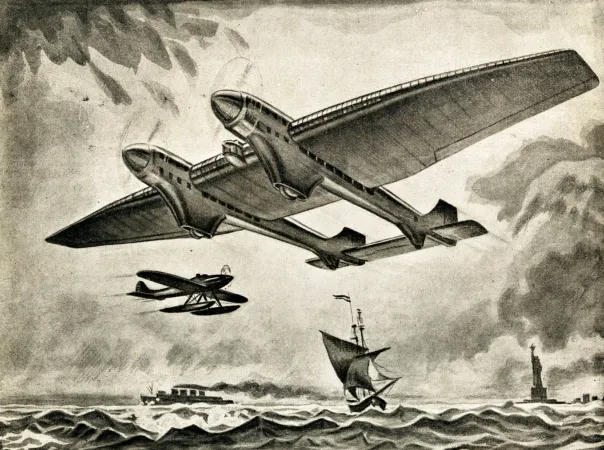

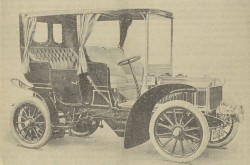

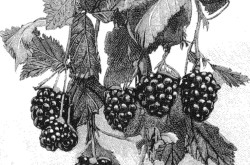
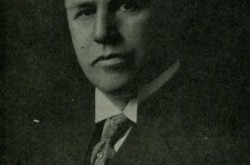
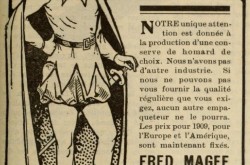
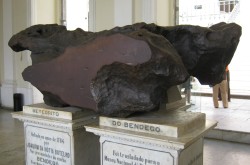
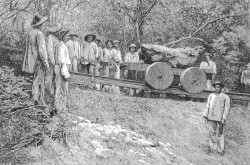
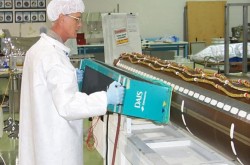

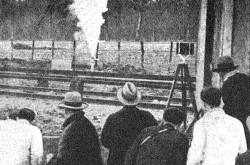
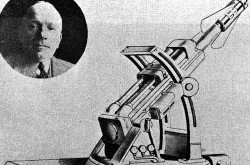
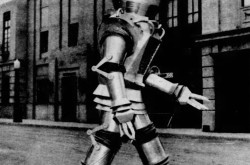

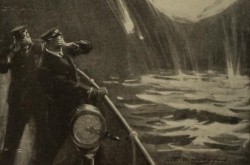
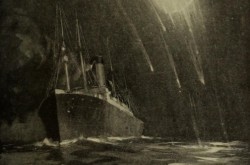
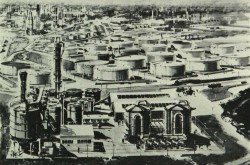

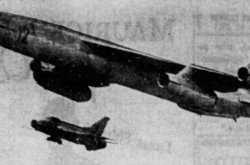
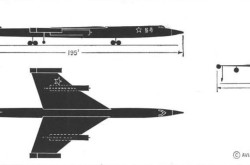
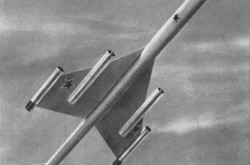
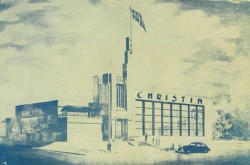
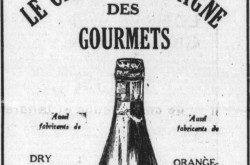
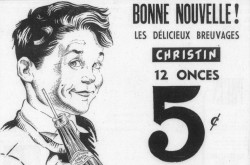
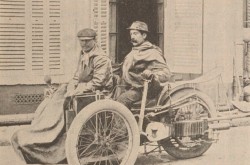
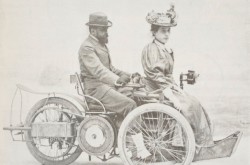
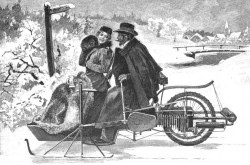
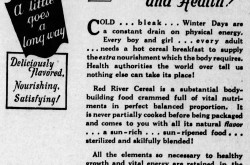

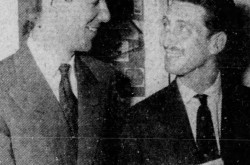
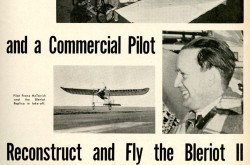
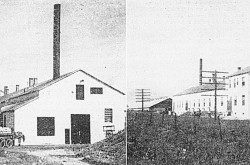
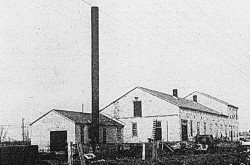



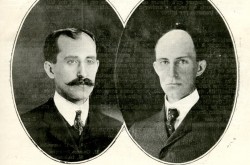

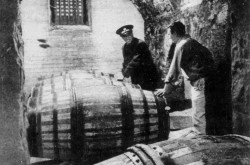
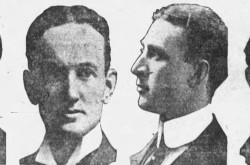
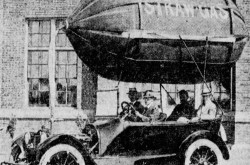
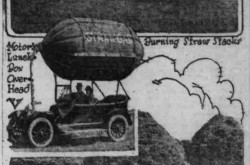
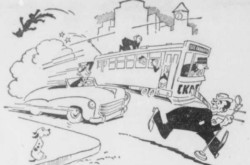

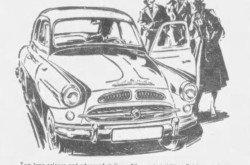
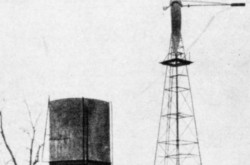
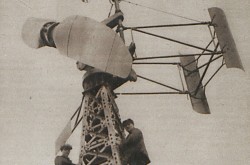
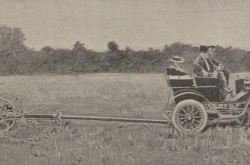

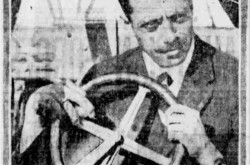
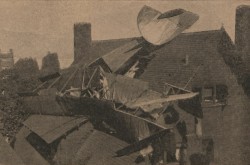
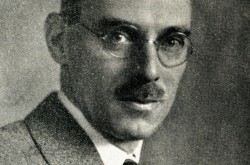
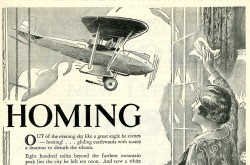
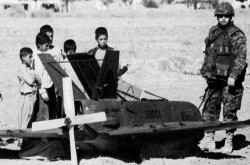
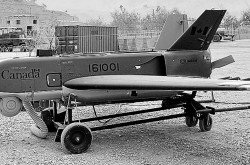
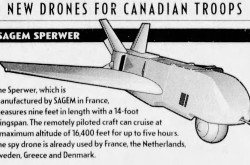
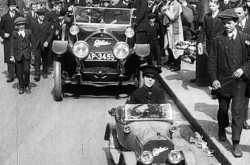
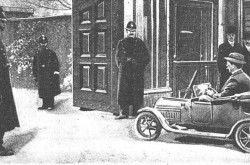
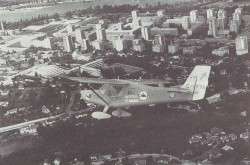
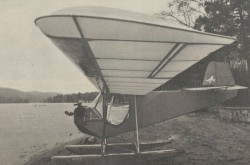

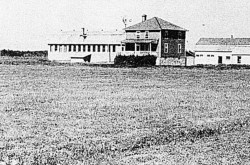
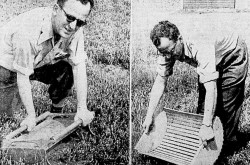
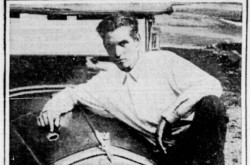
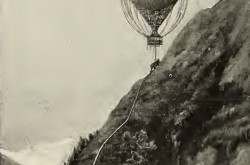
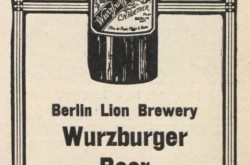

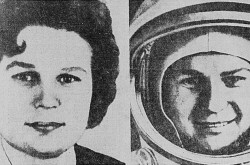
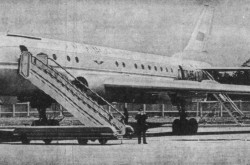
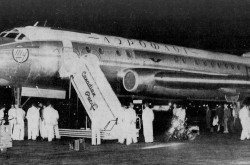
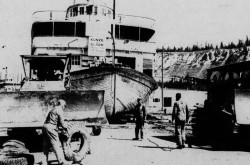
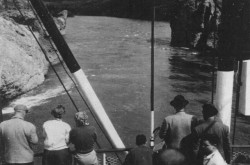
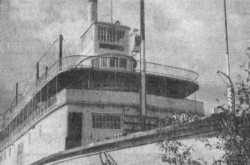
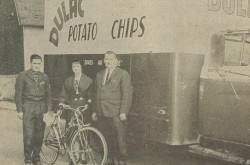
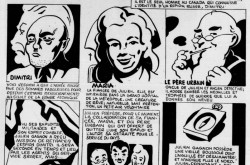
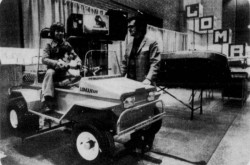
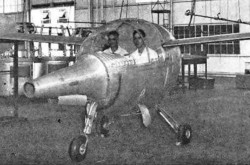
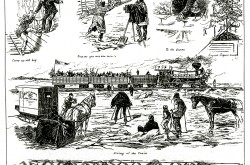
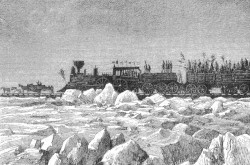
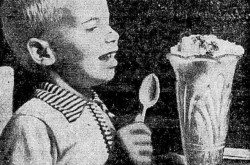
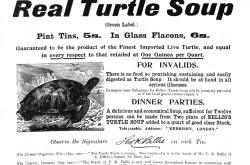
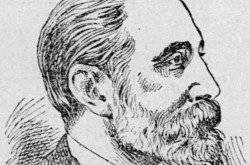
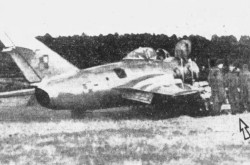
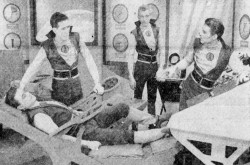
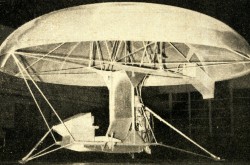
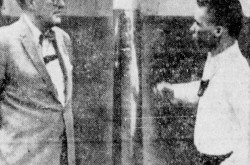
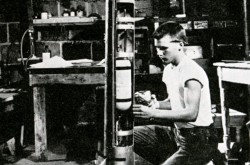
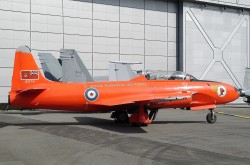
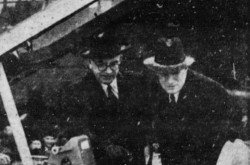
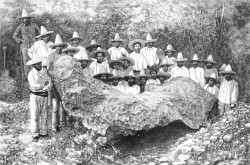
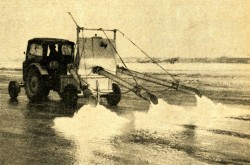
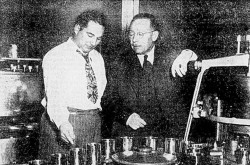
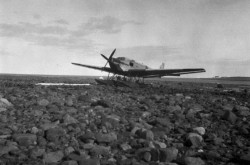
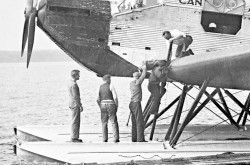
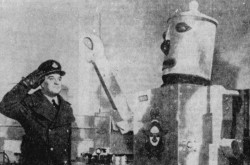
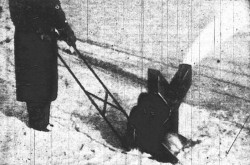
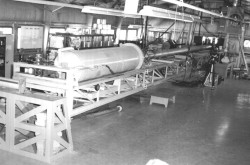
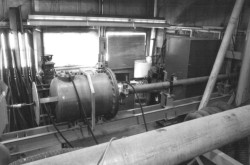
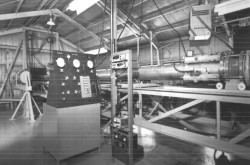
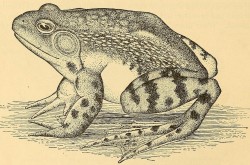
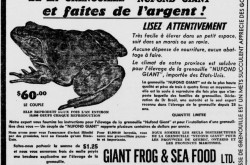
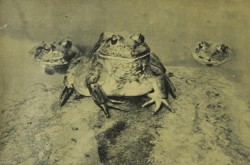
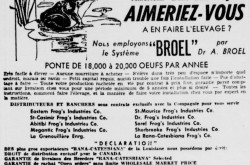
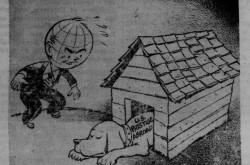
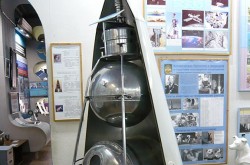
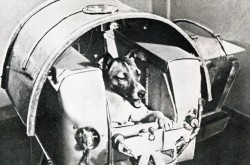
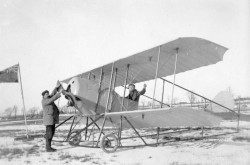
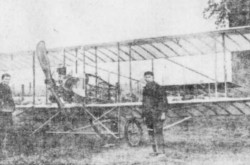
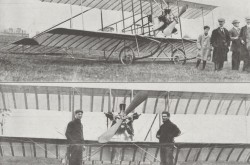
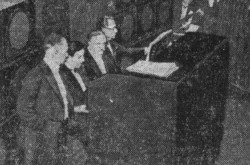
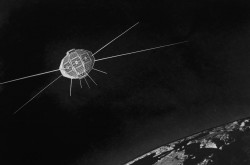
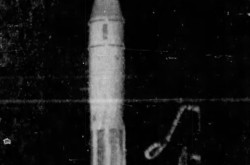
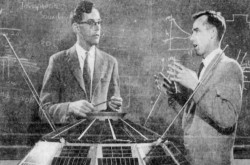
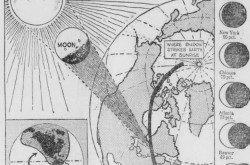



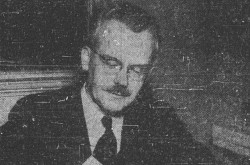
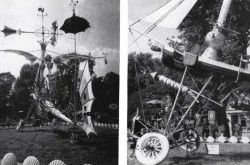
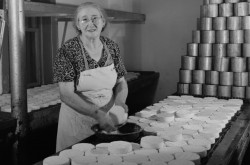
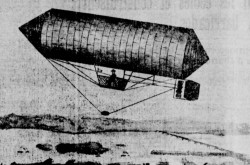
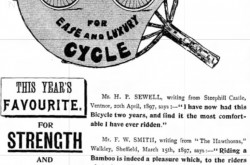
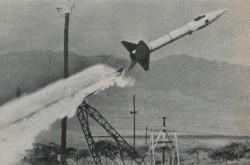
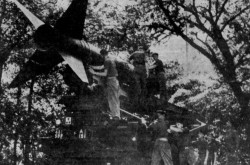
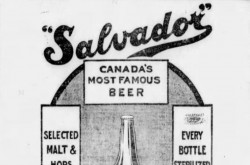

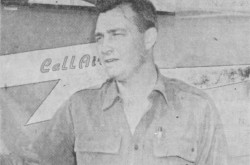
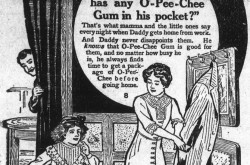
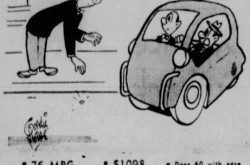
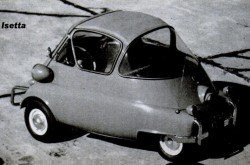
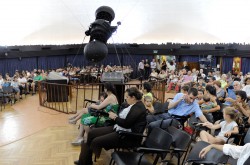
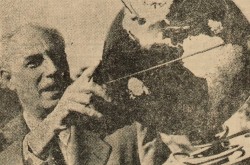
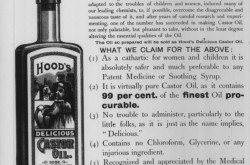
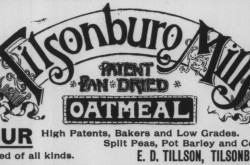
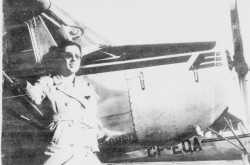
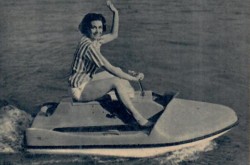

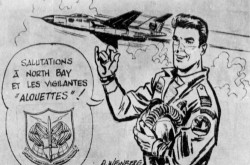
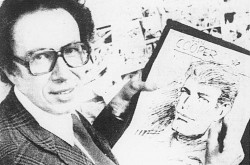
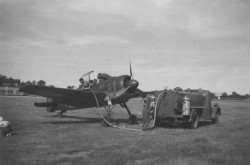

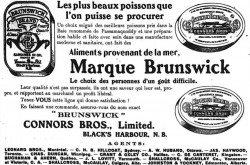


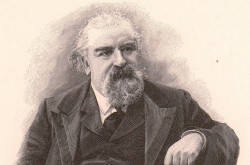
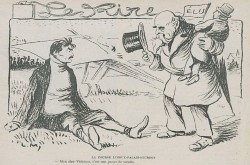
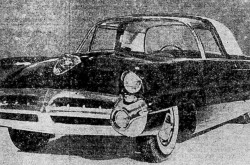
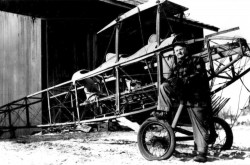

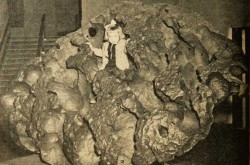
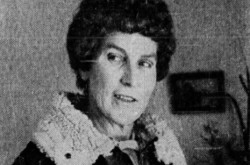
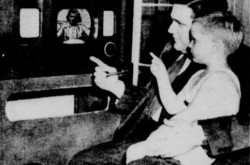
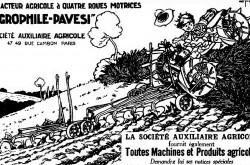
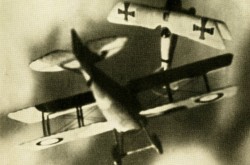
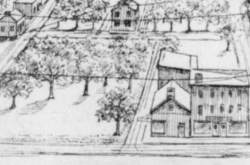
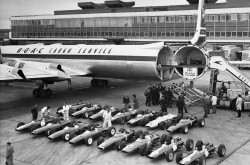
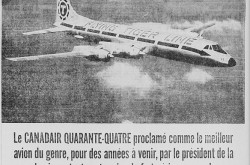
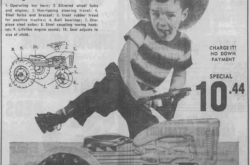
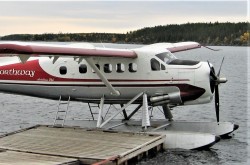
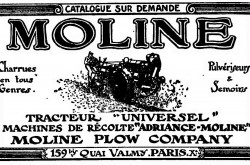
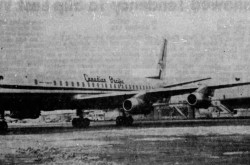
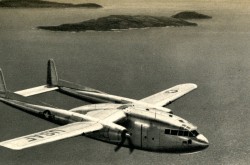
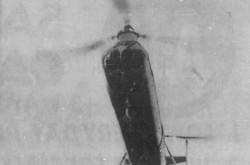

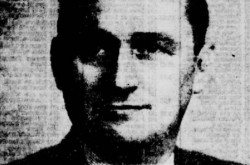
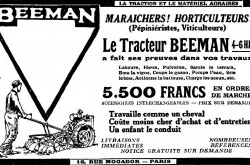
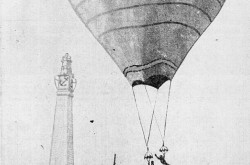

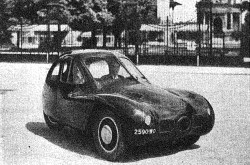
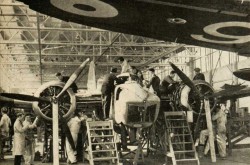
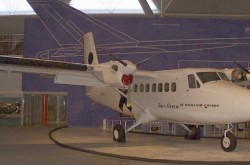
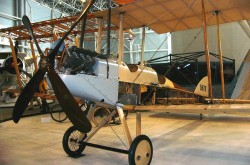
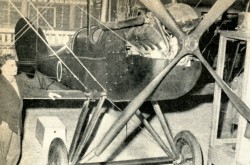

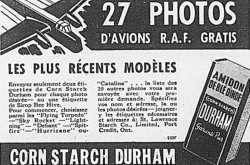

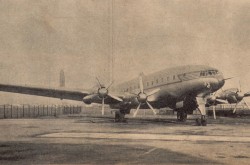
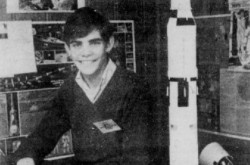
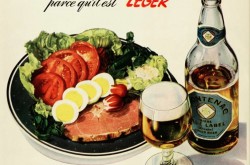
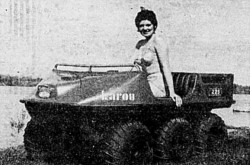
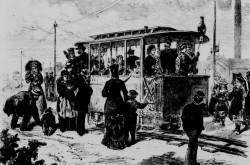
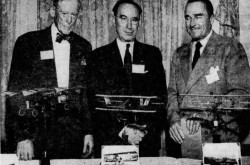
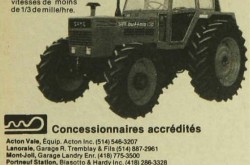
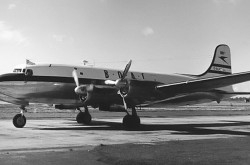
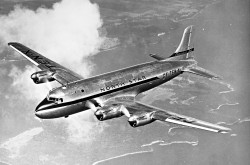
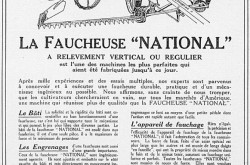
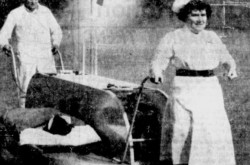
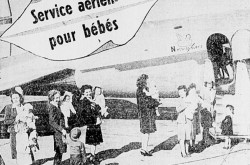
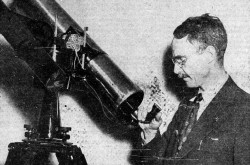
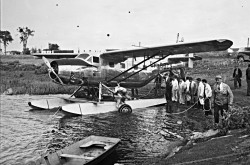
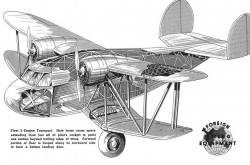
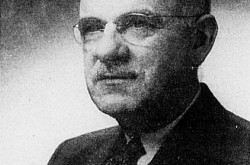
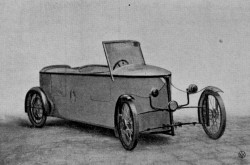
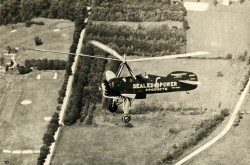
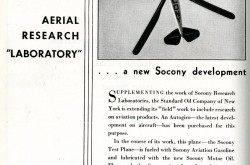
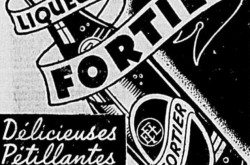
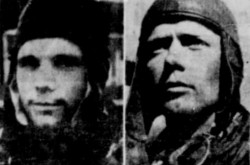
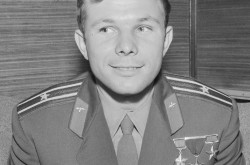
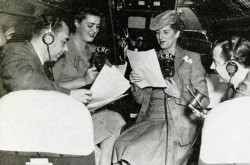
![Peter Müller at the controls [sic] of the Pedroplan, Berlin, Germany, March 1931. Anon., “Cologne contre Marseille – Le mystère du ‘Pédroplan.’ [sic]” Les Ailes, 2 April 1931, 14.](/sites/default/files/styles/thumbnail_7/public/2021-04/Les%20Ailes%202%20avril%201931%20version%20big.jpg?h=eafd0ed4&itok=WnBZ5gMf)
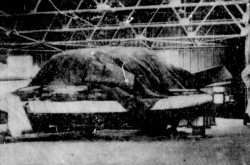
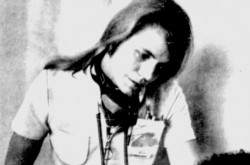
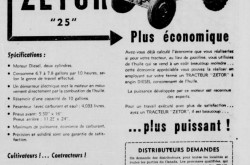
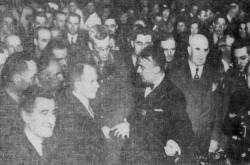
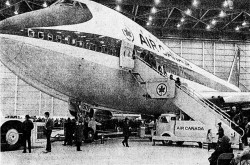
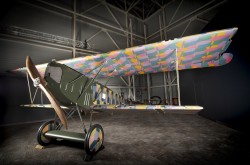
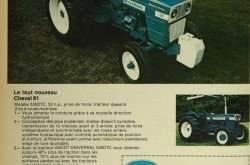
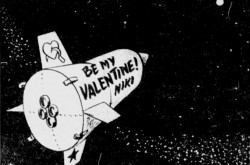
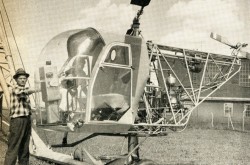

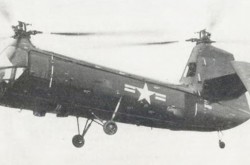
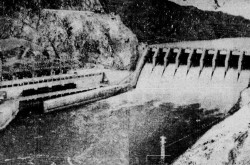
![One of the first de Havilland Canada Chipmunk imported to the United Kingdom. Anon., “De Havilland [Canada] DHC-1 ‘Chipmunk.’” Aviation Magazine, 1 January 1951, cover.](/sites/default/files/styles/thumbnail_7/public/2021-01/Aviation%20magazine%201er%20janvier%201951%20version%202.jpg?h=2f876e0f&itok=DM4JHe5C)
